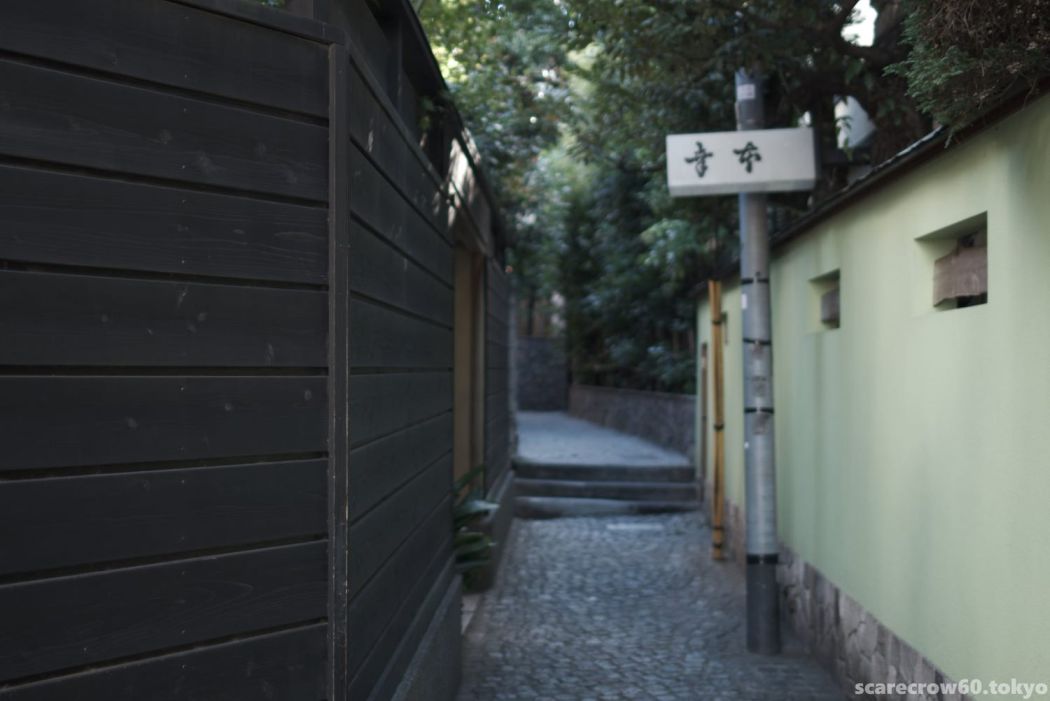Taking advantage of a warm weekend in early December that did not feel like early winter, I went to Koganei, Tokyo, to see something I had wanted to see for a long time.
Koganei Park is located in the western part of Tokyo, once called Musashino, and is a vast park (80 hectares, apparently). I have lived in the neighboring towns of Mitaka and Kodaira during my long life in Tokyo, but this was my first visit to this park.
It took me about 10 minutes by bus from Hanakoganei Station on the Seibu Shinjuku Line to arrive at the park, where the sun was warm and the weather was more like late autumn than early winter. My walking companion this time was a Panasaonic Lumix DC-G99 and three Pana-Leica zoom lenses, the Leica DG 8-18, Leica 12-60mm, and Leica 50-200mm.
First, a casual shot of the park scenery.
The forest scenery is too colorful to be called winter.
The forests are still in the hues of autumn, and there is a carpet of fallen leaves spreading out all around your feet.
And overhead, the leaves are so vividly colored that it would be a shame to call them remnants.
On the other hand, the giant trees lined up in the plaza, completely defoliated, their thick branches trimmed and arranged in a row, look like they are in some kind of dance pose.
Well, it was a beautiful day to spend time in Koganei Park, but the purpose of this visit was not only a stroll in the park. I wanted to visit this facility in the park. The Edo-Tokyo Open-Air Architectural Museum.

From the above official website, the following is a brief introduction about this facility.
“The Tokyo Metropolitan Government opened the Edo-Tokyo Open-Air Architectural Museum in 1993 (Heisei 5) as a branch of the Edo-Tokyo Museum, covering an area of approximately 7 ha. The park aims to restore, preserve, and exhibit historical buildings of high cultural value that cannot be preserved on-site, and to pass them on to the next generation as valuable cultural heritage.”
So, you can see here various buildings from the Edo period to the Showa periods as they were in those days. Unfortunately, the main entrance and visitor center, Koka-den (see the official website above for a detailed explanation), was undergoing maintenance work, so I was unable to take a picture of it. Instead, I will post this photo.
This is a full view of “downtown Nakadori Street,” a part of the park that is lined with restaurants, stores, and public bathhouses of yesteryear.
I will introduce it well in the next article.



